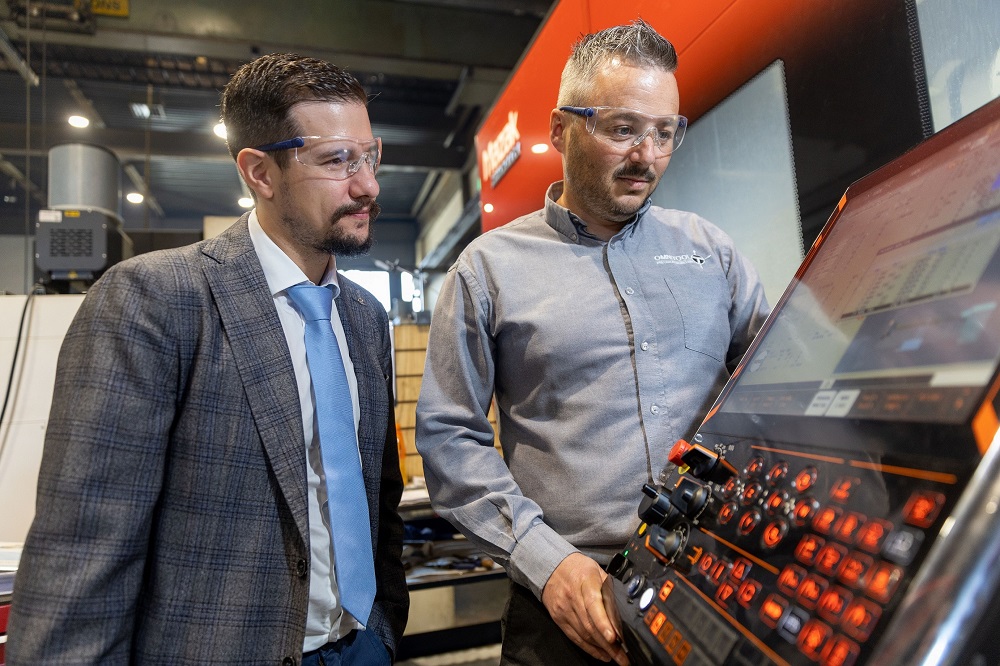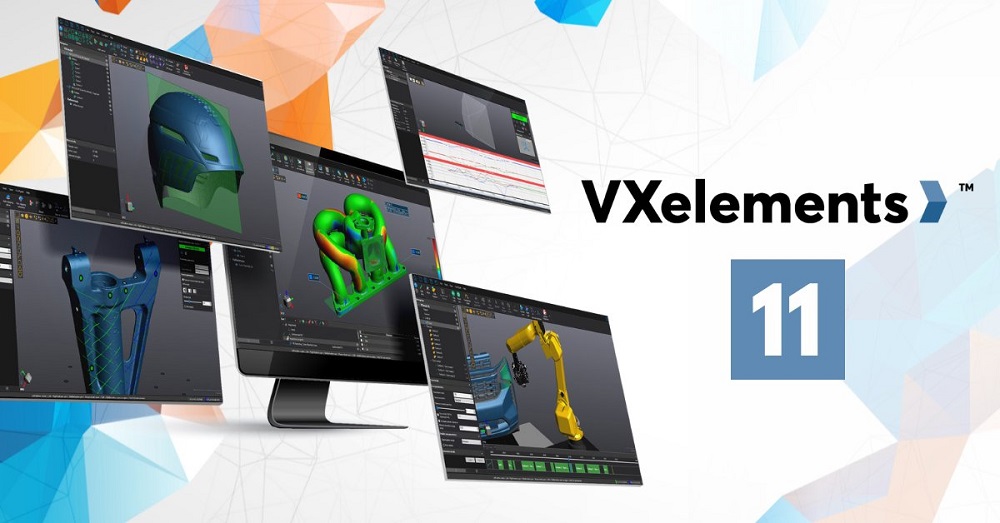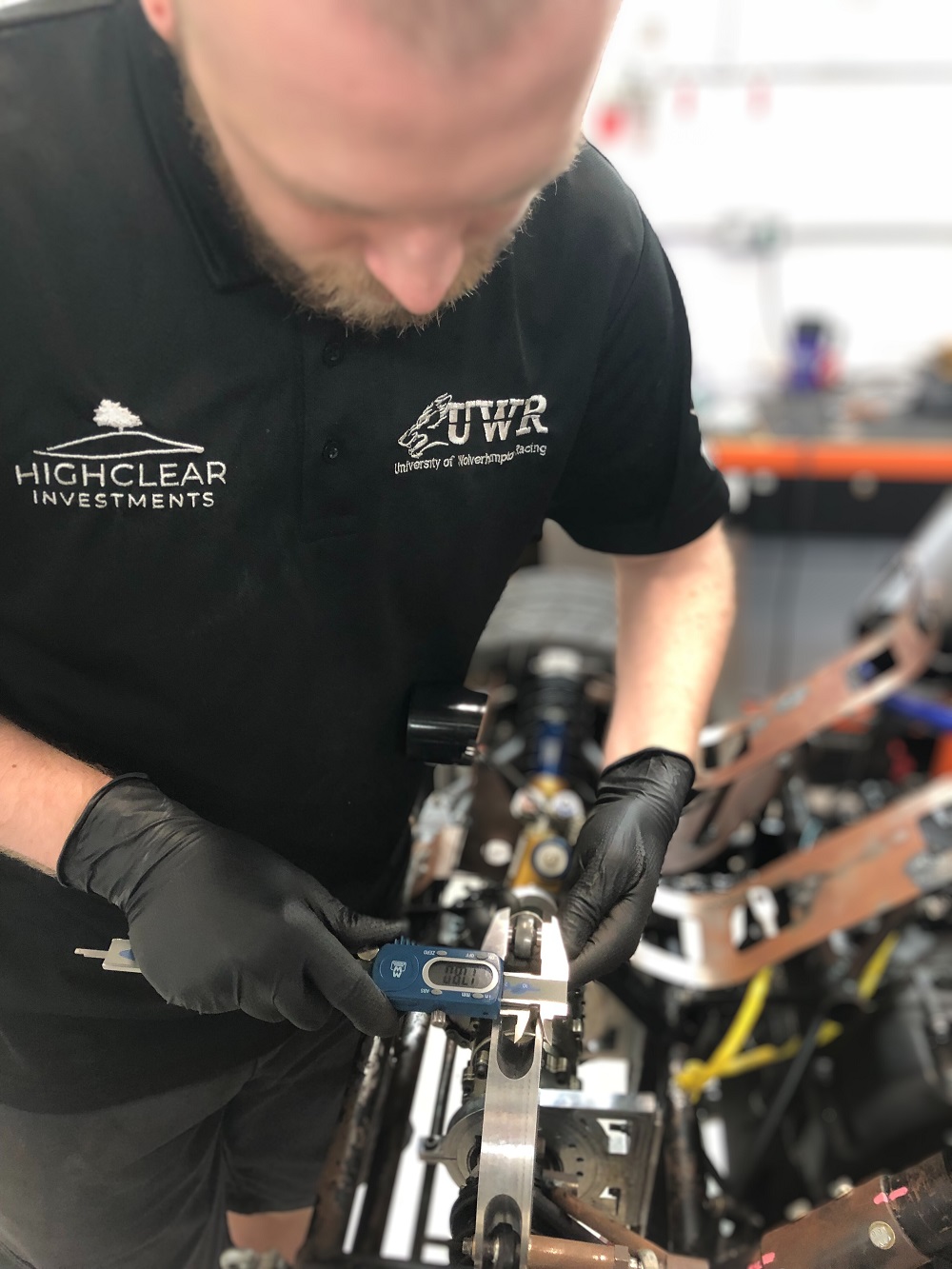The University of Wolverhampton Racing Team (UWR), which competes in the annual Formula Student competition,is using Moore & Wright metrology tools from Bowers Group.
Formula Student places rigorous demands on participating teams, requiring them to design, constructand race a single-seat race car. The process is one in which precision engineering plays a vital role in ensuring both optimal performance and vehicle safety.
As part of the annual event, the UWR team faces the challenge of creating a car from scratch that not only meets rigorous performance standards, but also adheres to strict design and manufacturing tolerances. Bowers Group has been a valued sponsor of the University of Wolverhampton Racing Team for many years.Through its sponsorship, Bowers Group supplies both the UWR team and the School of Engineering with the tools needed to maximiseracing performance and enhance practical learning.
Paul Bates, technical andbusiness resource manager at the University of Wolverhampton, says: “The Moore & Wright tools available in our metrology suite offer hands-on experience for our students, including those in the Formula Student project. It helps them understand precision measurement and the importance of accuracy.”
He adds: “These tools play a significant role in our Formula Student team’s daily work. They rely on them for accurate measurements, and it’s notable that many team members have even purchased their own sets. That speaks volumes for the quality and reliability of the tools.”
The team uses a Moore & Wright caliper, for example, to measure components, check brake discs, assess wheel alignment, verify engine machining and ensure safety cage integrity. It is also gauges wheel hub dimensions and ensures the accurate fit and finish of multiple components.
For further information www.bowersgroup.co.uk



















